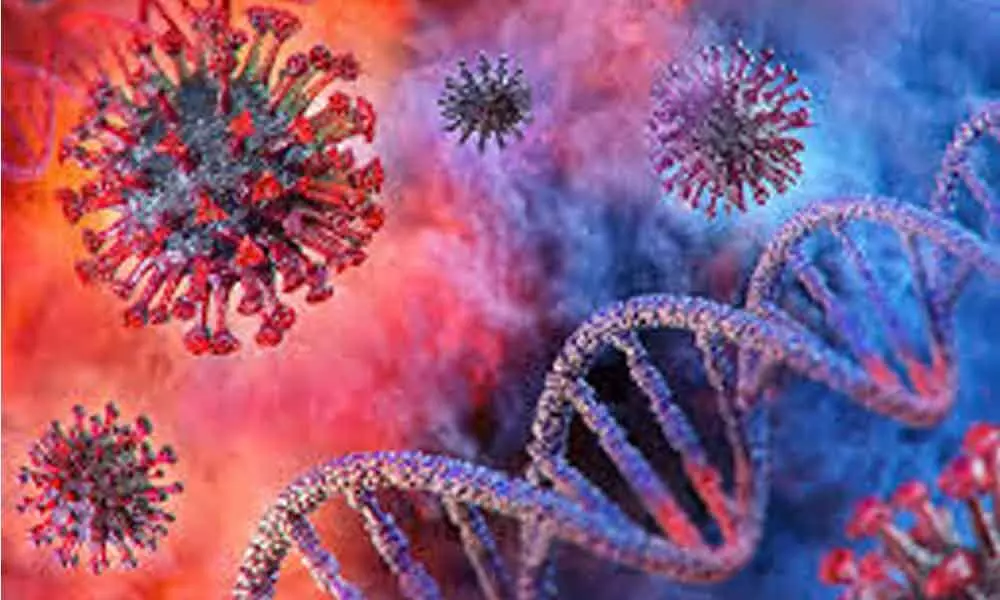Research paper says elements inserted into Covid-19's genetic sequence

The manuscript of a research paper on the website of the Cambridge University Press, which says it is 'subject to change during the editing and production process', has triggered a controversy of sorts over a claim that elements were inserted into the Covid-19's genetic sequence to make it better bind itself to cells.
Washington: The manuscript of a research paper on the website of the Cambridge University Press, which says it is 'subject to change during the editing and production process', has triggered a controversy of sorts over a claim that elements were inserted into the Covid-19's genetic sequence to make it better bind itself to cells.
For the record, this is what the research paper says:
'It is well documented that the receptor binding domain of the SARS-CoV-2 spike protein uses the ACE2 receptor. But clinical findings discussed below observed in Covid-19 patients suggest that other receptors for attachment such as CLEC4M/DC-SIGNR may be involved as well. We have investigated and sustained this supposition from amino-acid scale bio-chemical analysis.
'Cumulative data suggests that the general method of action of this chimeric virus includes membrane components other than the ACE2 receptor, which may explain clinical evidence of its infectivity and pathogenicity. Data shows the non-spike receptor binding domain dependent phagocytic general method of action to be specifically related to cumulative charge from inserted sections on the SARS-CoV-2 Spike poised to form salt bridges with attachment receptors.
'This suggests that attachment to such previously reported membrane proteins has been enhanced directly due to the basic and positive charged inserts in the Spike protein together with other basic and positive charged amino acid substitutions enabling formation of salt bridges with the receptor CLEC4M/DC-SIGNR or, indirectly, by the additional salt bridges formed between the positive charged amino acids and negative charged phospholipids on the cell membrane.
'Positive charged amino acids are inserted into peptides and proteins to enhance cell affinity and can also be used for transport of peptides and proteins through the cell wall (Richard et al., 2003; Thorn et al., 2000; mand et al., 2011). In addition, these positive charges may be used for co-receptor binding where the opposite negative charge is available.
'It is a matter of fact that there are unique inserts in the SARS-CoV-2 spike protein when they are aligned with other SARS-CoV sequences as shown in (Zhou et al., 2020).'



















